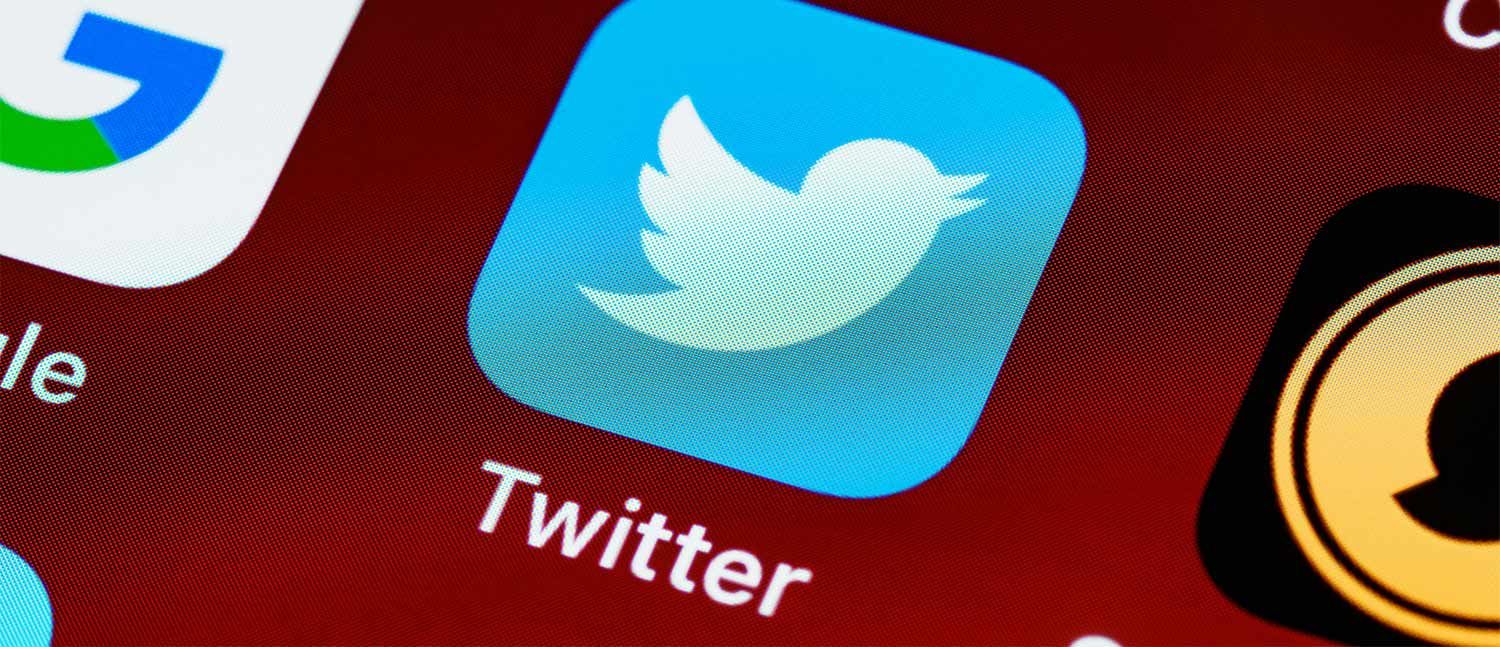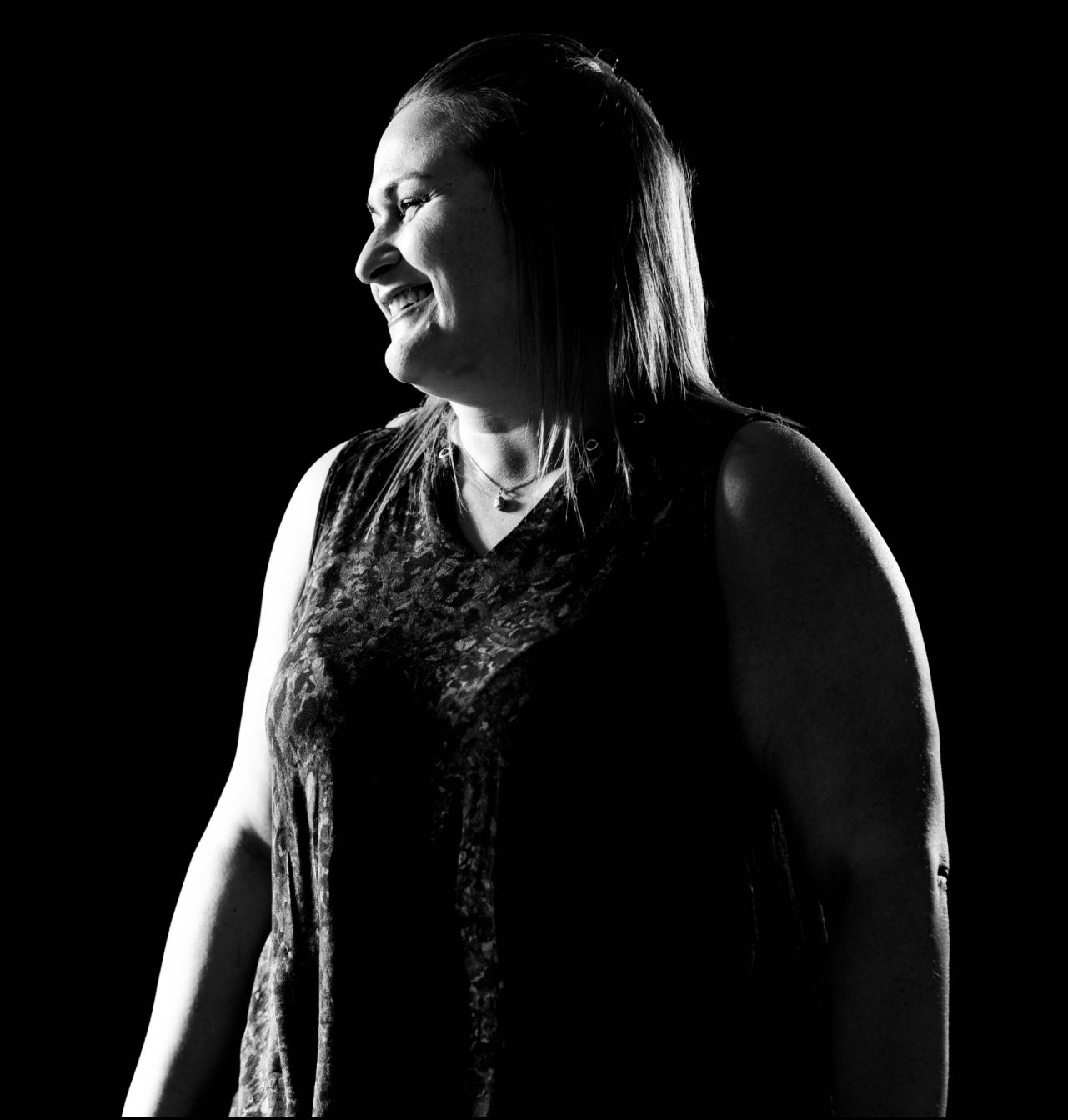
Twitter as a Modern-Day Newsroom

Despite contrary belief, noteworthy accounts recently being banned and competitor social media platforms rising to the top to cure pandemic boredom, Twitter is very, very much alive. In fact, with over 330 million users already, it is projected to grow by 2.4% this year. In terms of audience, 63% of users are between the ages of 35 and 65 with two-thirds of that being male.
While opinions may vary, when it comes to using Twitter for a brand strategy, it is best for breaking news, engaging customers, relationship building and creating your brand voice. It can also go one step further and be used as a one-stop-shop for public relations—your own personal newsroom, if you will.
Today’s media landscape is vastly summed up to reporters doing more and more of their own content. Newsrooms are seeing a big reduction in their staff, which means a reporter is researching their story, scheduling interviews and filming their own b-roll, then going back to the newsroom to edit footage, writing a script for an anchor, uploading to the web and scheduling for social media. In addition, journalists are more often focused on a range of topics and producing more than one story in a day versus having a specialty.
TL;DR: that’s a lot of work for one person.
As a result, many journalists turn to Twitter to source information, get first-hand encounters of breaking news or simply just to share news at a faster pace by sharing user-generated content. So, when you're putting together your strategy, be sure that the media is a clearly-defined target audience and that you are curating content useful to them. Keep in mind the following:
- No social media platform is the same; don’t copy and paste your Facebook post to Twitter and expect it to have the same results.
- Be truthful, credible and accurate. Regardless of platform, social media is always on the record.
- Exposure is not just about your logo on the news or a mention in an article; influencers are more important than ever before. Engage and curate for community, industry and social media influencers.
As a communications professional, nine times out of ten, a pitch is ghosted or rejected. The same can be said for what you tweet, especially as you work to discover why your audience chooses to follow you. While not everything you tweet will find its way to a media opportunity or high-profile account, that tenth tweet can create magic.
Case in point: a recent tweet we scheduled for REMSA, northern Nevada’s emergency medical services provider, reminded residents that, despite the pandemic, it is safe and important to call 9-1-1 if you are experiencing an emergency. The tweet was picked up by KTVN, aired during multiple newscasts, was posted online, and had potential to reach about 100,000 people via television and web.

Another good use of Twitter is to use it to initiate one-on-one communication with reporters and influencers, but with the understanding that there are boundaries. You are trying to contact a real person - a busy person at that - so don’t overwhelm them with tags, replies and direct messages. Send ONE private message that gets to the point, while also showing you did your research. Don’t contact a food writer to cover your new beauty product or a hard news reporter to talk about fashion trends.
Most importantly, be respectful and be kind.
You can’t force these things to happen, but you can think of Twitter as the fastest way to get your message out there. Traditional public relations takes time—writing a press release, scheduling interviews, waiting for a story to air or publish—but with Twitter you are in control.
- Be sure your tweet covers the 5 W’s: who, what, where, when and why. Include an accompanying photo or video in case a news source does want to utilize it.
- Give your tweets (and yourself) purpose and ensure it is reflected in your copy.
- Use quotable language.
- Use credible sources until you are the credible source.
- Be honest, but let your personality shine.
Last, know how to measure success, and we don’t mean look at how many likes you have. Was the only like from someone you want to champion your brand? Did you make a connection, even if the outcome wasn’t as desired? When you think of quality over quantity, you are on the right track to deciding your success.